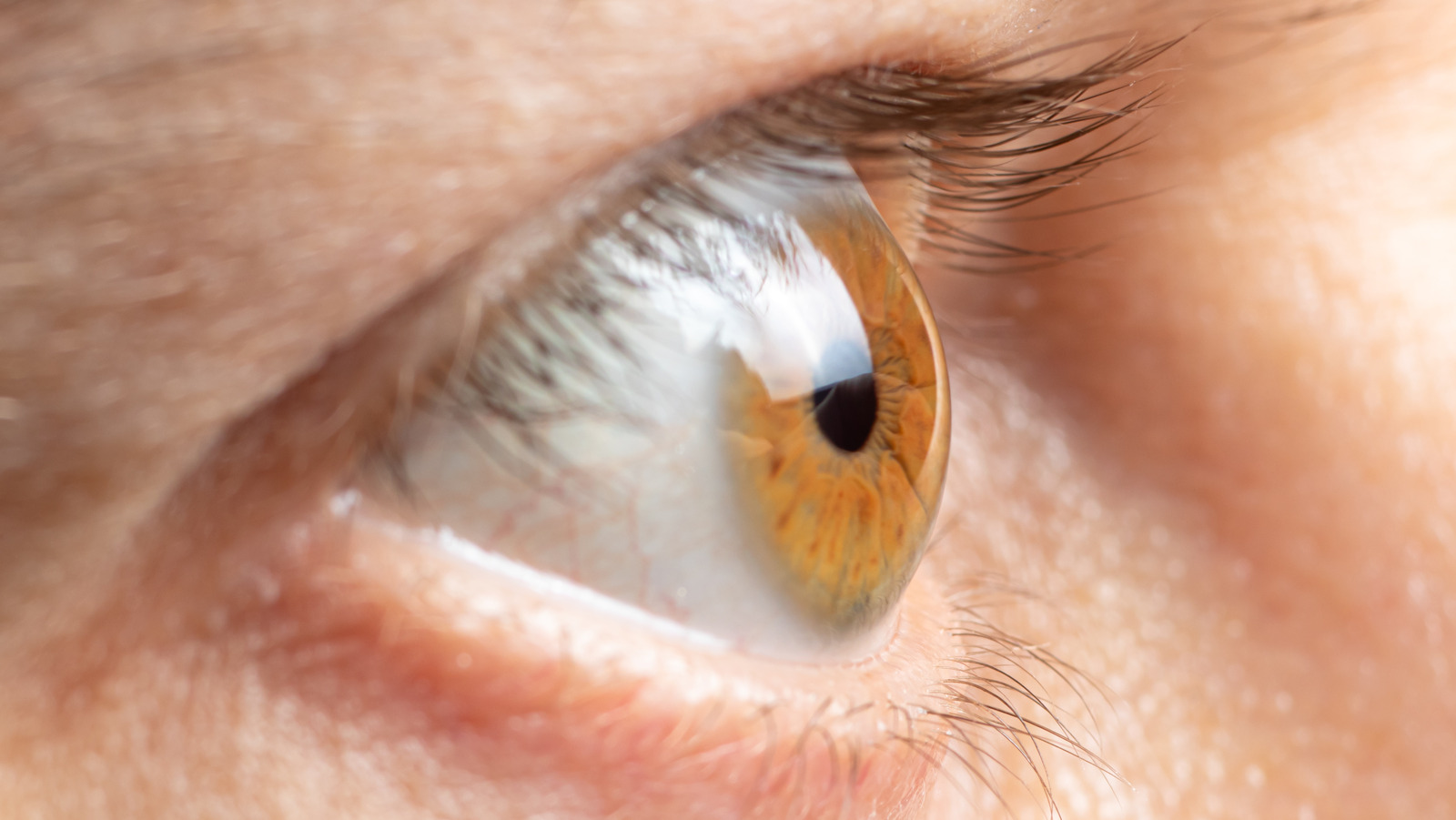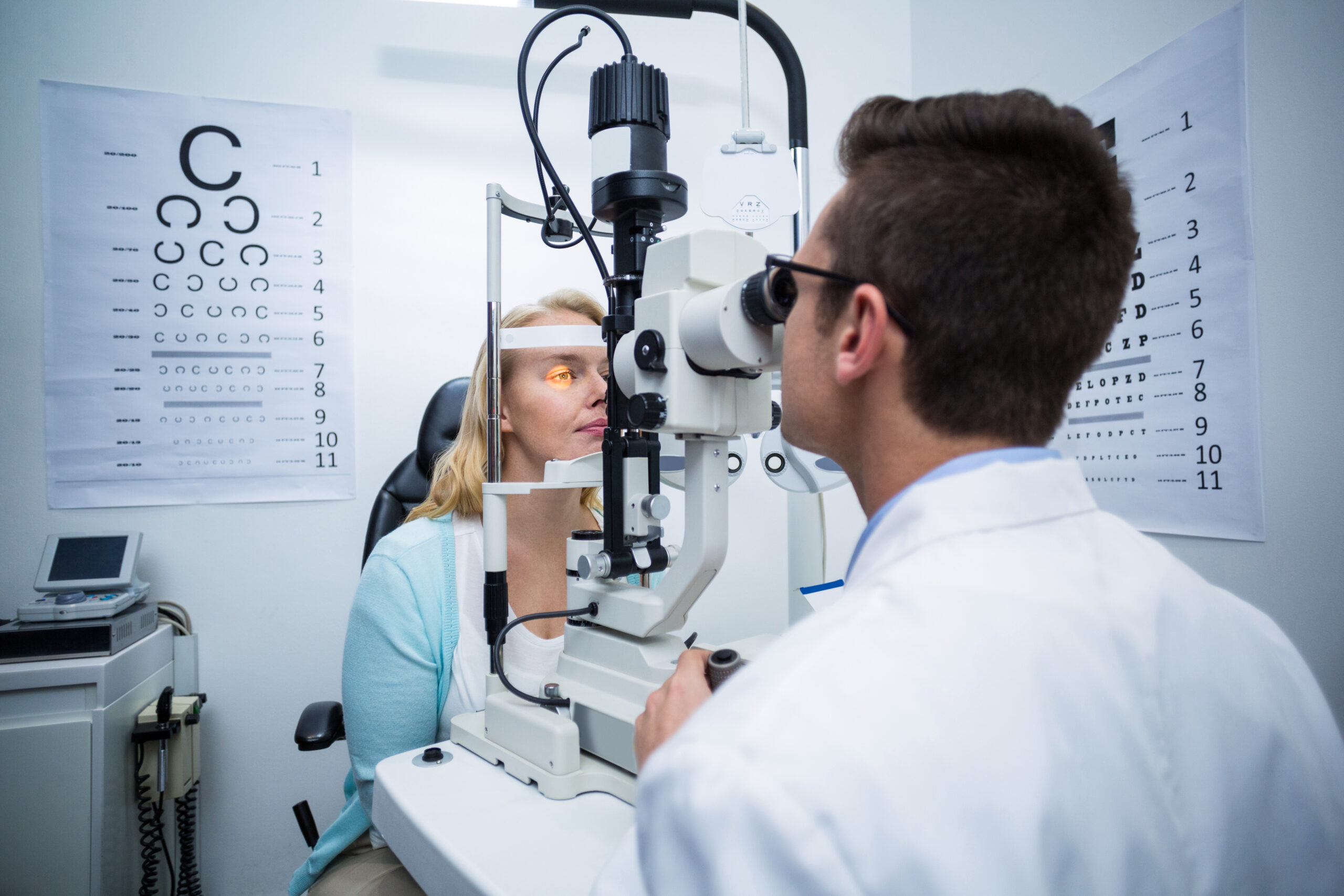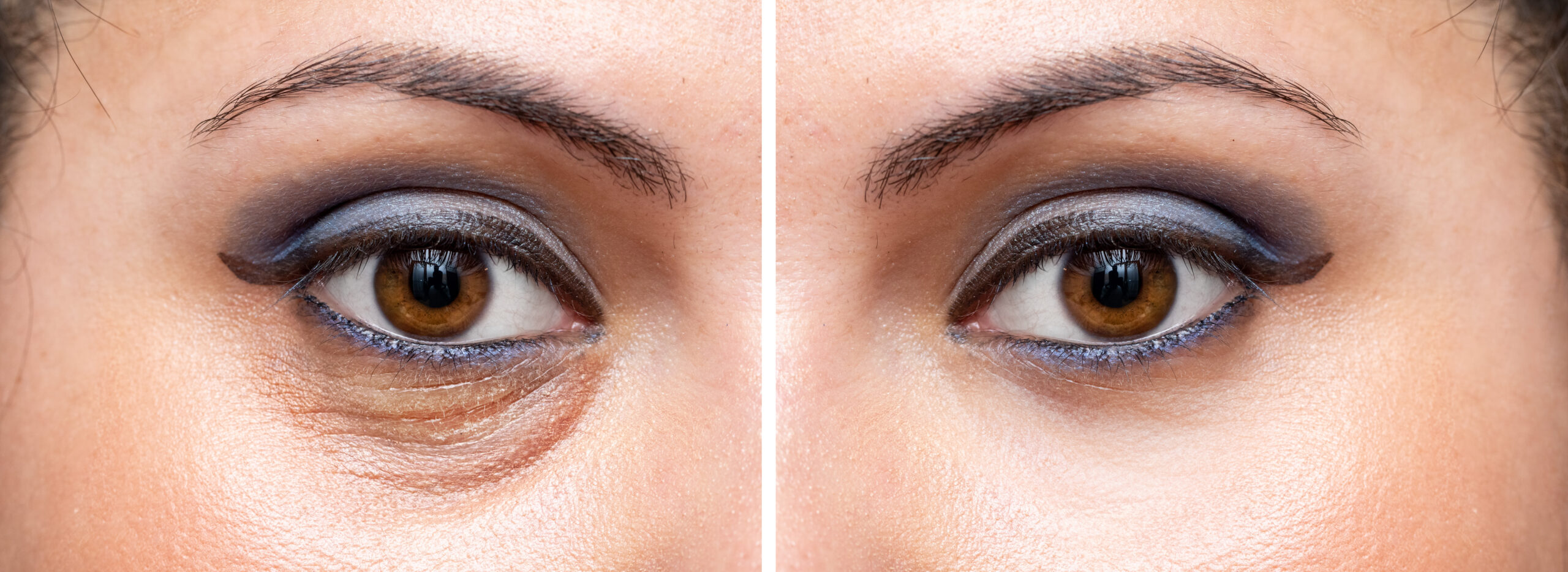Understanding Thyroid Eye Disease

Navigating Thyroid Eye Disease with a SightMD Oculoplastic Surgeon
Thyroid Eye Disease (TED), also known as Graves’ ophthalmopathy or Graves’ orbitopathy, is a complex autoimmune condition that affects the eyes and surrounding tissues. The impact of TED extends beyond visual concerns, affecting both appearance and function. In the journey to managing and treating this condition, the expertise of an oculoplastic surgeon at SightMD becomes instrumental. In this blog post, we explore the pivotal role these specialized surgeons play in addressing the unique challenges posed by Thyroid Eye Disease.
Understanding Thyroid Eye Disease:
TED is often associated with an overactive thyroid (hyperthyroidism) and is characterized by inflammation and swelling of the orbital tissues. Common symptoms include bulging eyes, double vision, redness, and a feeling of pressure behind the eyes. As the condition progresses, it can lead to serious complications, including vision loss.
The Role of a SightMD Oculoplastic Surgeon in TED Treatment:
- Comprehensive Evaluation: Oculoplastic surgeons at SightMD play a crucial role in the comprehensive evaluation of Thyroid Eye Disease. Through a thorough examination, they assess the severity of eye involvement, including the degree of proptosis (eye bulging), eyelid retraction, and other associated symptoms.
- Specialized Treatment Plans: Each patient with TED is unique, and a one-size-fits-all approach does not suffice. SightMD’s oculoplastic surgeons craft personalized treatment plans tailored to the individual needs and concerns of the patient. This may involve a combination of medical management, surgical interventions, and supportive therapies.
- Orbital Decompression Surgery: In cases where severe proptosis threatens vision or causes significant discomfort, orbital decompression surgery may be recommended. This procedure, performed by oculoplastic surgeons, involves removing or repositioning bone from the eye socket to create more space for the swollen tissues, alleviating pressure on the optic nerve and improving eye aesthetics.
- Eyelid Surgery (Blepharoplasty): Eyelid retraction, a common symptom of TED, can be addressed through eyelid surgery performed by oculoplastic surgeons. This helps restore a more natural and symmetrical appearance to the eyes, improving both functionality and aesthetics.
- Strabismus Surgery: Double vision, resulting from misalignment of the eyes, is another challenge faced by TED patients. Oculoplastic surgeons collaborate with strabismus specialists to perform corrective surgeries that realign the eyes and alleviate double vision.
Contact the SightMD Oculoplastic Team Today
SightMD’s oculoplastic surgeons approach Thyroid Eye Disease with a patient-centric focus, recognizing the physical and emotional impact it can have. Their expertise extends beyond surgical interventions, encompassing compassionate care and support throughout the patient’s journey. From precise surgical interventions to personalized treatment plans, these specialized surgeons contribute significantly to the comprehensive care and management of TED. If you or someone you know is navigating the complexities of Thyroid Eye Disease, trust in the expertise of SightMD’s oculoplastic surgeons for a compassionate and effective approach and contact SightMD today.


